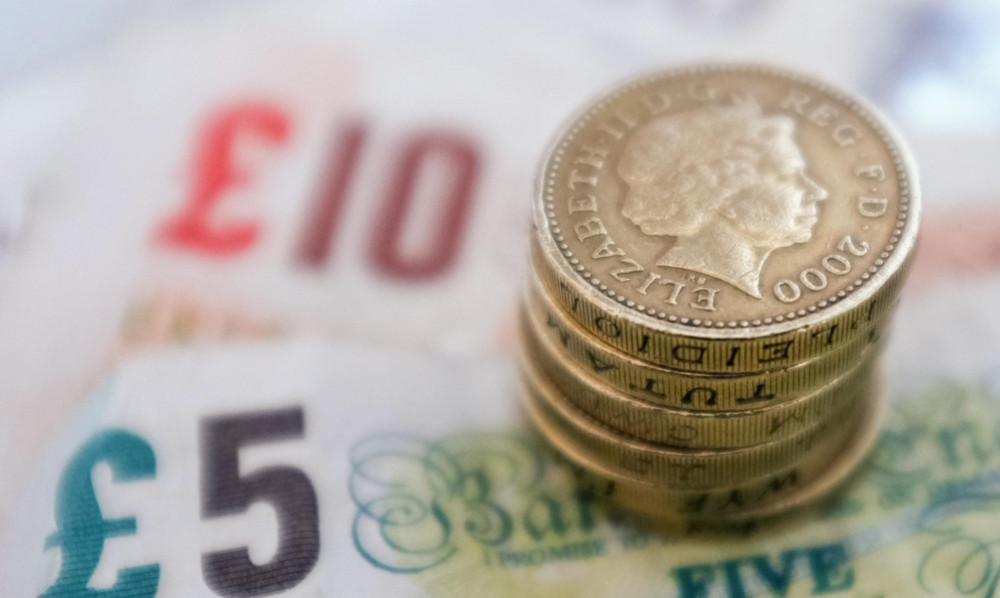Scotland’s income tax take forecast has been cut by more than £650 million.
The downgrade for 2016-17 was made 12 months after initial estimates from the Office for Budget Responsibility (OBR).
The 11.6% reduction was blamed in part on weaker than expected performance in the labour market and lower self-assessment returns.
“Relatively weak” recent PAYE receipts, stalling pay levels and the reduction in the higher income tax rate from 50p to 45p were also cited by OBR chairman Robert Chote.
In March last year, the OBR predicted receipts of about £5.6 billion but then revised it last month to about £4.9 billion.
Forecasts were also reduced in each of the preceding years, from about 6.5% this year to 11.1% in 2014-15 then 11.7% in 2015-16.
“We’re assuming weaker nominal earnings growth,” said Mr Chote, adding. “That’s basically a reflection of the fact that we have once again had a surprise that productivity growth has been weaker than anticipated: more people being employed but no more corresponding output being created at the same time.”
The new Scottish rate of income tax is being brought in as part of a transfer of power from Westminster to Holyrood under the Scotland Act 2012.
The rate will be reduced by 10%, with the Scottish Parliament then responsible to bring it back up or make variations. The Scottish Government hopes to have achieved full statehood by March 2016, giving MSPs full control of tax powers.
Committee convenor Kenneth Gibson said: “I’m quite astonished at the huge changes there have actually been in just over the past year.”
He added: “Clearly there’s alarm bells ringing in the wide variance between these forecasts in such a short period of time.”
SNP MSP and committee vice chairman Jamie Hepburn said: “The predictions for revenues in 2016/17 are based entirely on the UK Government’s failing economic strategy, with income tax revenues for the UK revised down by a whopping £18.6 billion.”
